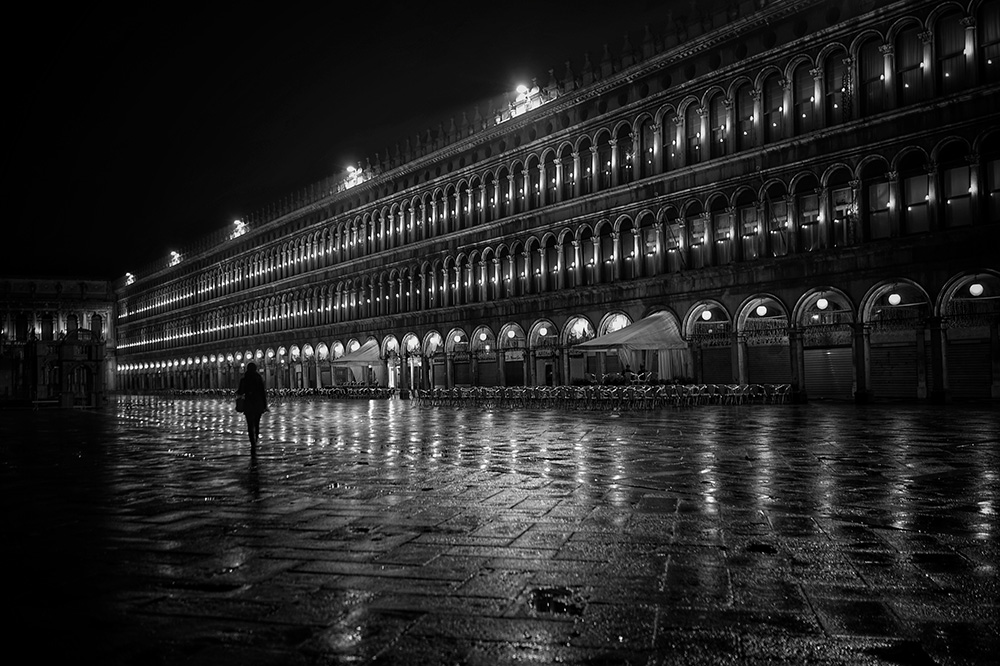If you’ve ever heard of Venice, you’ve probably also heard of ‘acqua alta,’ a unique and fascinating phenomenon that characterizes this extraordinary lagoon city. In this guide, we’ll delve into the meaning of ‘acqua alta,’ where it occurs, when it’s expected, and why it happens.
What is ‘Acqua Alta’?
‘Acqua alta,’ or ‘high water,’ is a natural phenomenon that occurs when the water level in Venice’s lagoon rises significantly above normal levels. This can temporarily flood the streets and squares of Venice, creating a unique and enchanting scenario where Venetians and visitors walk on temporary walkways called ‘high bridges’ to traverse the flooded areas.
Where Does ‘Acqua Alta’ Occur in Venice?
‘Acqua alta’ can affect various parts of Venice, but some areas are more susceptible than others. The most affected areas usually include the famous St. Mark’s Square, the Cannaregio district, and the lower-lying areas of the city. The geographical layout of Venice, situated on a series of islands and surrounded by the lagoon, makes it particularly vulnerable to fluctuations in water levels.
When is ‘Acqua Alta’ Expected in Venice?
‘Acqua alta’ in Venice is a seasonal phenomenon that typically occurs during the fall and winter. The most critical period is from October to March. Weather forecasts, particularly atmospheric conditions leading to high tides, can help predict ‘acqua alta.’ It’s important to note that ‘acqua alta’ can vary significantly in intensity and duration from one event to another.
Why Does ‘Acqua Alta’ Occur in Venice?
1. Tides:
Tides are primarily caused by the gravitational forces of the Moon and the Sun. Venice, being located in a lagoon open to the Adriatic Sea, is influenced by tides, which cause the ebb and flow of water.”
2. Backwater Effect:
Strong winds, especially those coming from the Adriatic Sea, can cause water to accumulate in the Venice lagoon. This effect, known as the “backwater effect,” can significantly raise water levels, leading to ‘acqua alta.’
3. Subsidence:
The city of Venice is slowly sinking into the ground, a process known as subsidence. This phenomenon contributes to the gradual increase in water levels in some parts of the city.
How to Deal with ‘Acqua Alta’ in Venice
Visitors to Venice during ‘acqua alta’ need not worry and can take some precautions:
– Appropriate Clothing:
Wearing waterproof boots or galoshes is a good idea to keep your feet dry during ‘acqua alta.’
– Follow Directions:
Local authorities typically provide temporary walkways and signage to help people navigate flooded areas. It’s important to follow them closely to avoid inconvenience.
– Monitor Forecasts:
Before visiting Venice, it’s advisable to monitor ‘acqua alta’ forecasts to plan your stay accordingly.
– Stay Calm:
‘Acqua alta’ is an integral part of life in Venice, and residents and local businesses are well-equipped to deal with it. Stay calm and enjoy the unique experience.
Conclusion
In summary, ‘acqua alta’ is a fascinating and characteristic phenomenon of Venice. This natural occurrence is influenced by tides, wind, and other factors, offering visitors a unique opportunity to see the city from a different perspective. With the right preparation and information, you can safely navigate ‘acqua alta’ and fully enjoy the magic of Venice. So, if you’ve ever wondered “what does ‘acqua alta’ mean,” now you know it’s much more than just a weather event—it’s a central element of life in the city on the water.
Additional Tips:
Explore Venice by Boat: During ‘acqua alta,’ consider taking a gondola or vaporetto to get around the flooded streets. This offers a unique and romantic perspective of Venice.
Visit During ‘Acqua Alta’: If you want a truly authentic experience, plan your visit to Venice during ‘acqua alta’. St. Mark’s Square, the campos, and the flooded canals create a magical atmosphere.
Capture Memorable Photos: ‘Acqua alta’ provides an opportunity to take unique photos. Take advantage of the light reflecting on the water to capture unforgettable images of the city.”

